This is the fourth post in a series I’ve been writing on Beta Lessons (formerly What My Beta Readers Have Taught Me). Links to the first three posts in the series are at the end.
Over the past couple of weeks, I’ve learned some things about revision. The most surprising thing I’ve learned is that it takes me about as long to revise a scene as it does to write the scene in the first place. I suspect that my slow revision rate (or is this normal?!?) is due a combination of factors: my continuing development as a fiction writer, and the fact that I focus on just laying out the story as quickly as possible during the first draft.
I’m working from a writing plan for my current work-in-progress Vaetra Unveiled. It goes something like this:
- Pre-Draft: Plan the story. Develop characters, locations, and background. Lay out the basic structure of the novel and plan critical scenes based on the main character arc and primary plot arc. Research subjects that influence the flow of the story.
- Draft 1: Write the story. Focus on structure and speed. Don’t get bogged down in research or too many details.
- Draft 2: Add the details. Research the topics postponed from draft 1. Offer this draft to beta readers and critique partners.
- Draft 3: Respond to beta feedback. Review the feedback and decide which suggestions need to be incorporated into the novel. Do more research where necessary. Improve clarity. Give this draft to a professional editor for review.
- Draft 4: Respond to editor feedback. Pray editor doesn’t want you to completely change the book. Incorporate editor suggestions into the novel. This is the final draft.
I’m now working on the third draft. My beta readers/critique partners did a great job of giving me feedback, and I’m busily making changes where I agree with their suggestions.
Most of the work I’m doing falls into the category of “provide more detail.” When I started writing the novel, I had already written quite a bit of material about the story world and the characters. That material gave me the perspective I needed to quickly write the story, but only the essential details made their way into the first draft.
I left a lot of the world-building and character background information out of the first draft on purpose. For one thing, I didn’t want to bog down the story (or my writing effort) with too much backstory or irrelevant detail. I’ve read many warnings against doing that. For another, I wanted to reveal only the most relevant information at the most appropriate time. I wouldn’t necessarily know how much I needed to reveal or where to put it until I had the full story in front of me.
Like I said, I’m still learning here.
Lucky for me, my beta readers did a fantastic job of pointing out the places where I needed to add more detail. They demanded to know more about what the town looks like when my main character walks through it. They demanded to know why a particular character behaved a certain way. They insisted on complete physical descriptions of people and surroundings. Their feedback has been illuminating.
Thanks to my planning phase, I already have most of the information I need to add. The third draft has mostly been about adding it. But I have found that I’m having to do more world-building as well. For example, this week I drew a basic map of the town of Northshore, where my protagonist lives, so I could accurately describe the movements of characters through the town with more detail. The Northshore map places shops and landmarks that were originally just general ideas in my mind. Having the map solidified my vision of the town and makes it much easier to describe.
For my next book, I’m hoping that I’ll get better at knowing how much detail to include in the story and where to add it as I’m writing the first draft. It would be nice to get down to three drafts rather than four.
One thing I won’t do is try to write in full detail with the intent of pruning and rearranging the material later. I know other writers can do that, but I find it easier to start with a sound framework and add layers to it than to remodel a completed structure that won’t stand under its own weight.
***
How about you? What does your writing plan look like? Do you have one? Do you like to build a story up in layers, or let it flow organically and twist it into shape afterward? Does revision take you as long as writing the first draft? Maybe longer? Tell me in the comments!

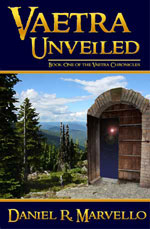
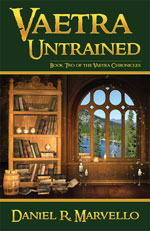

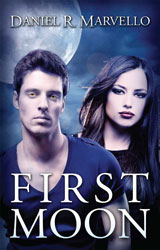
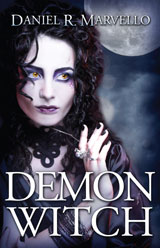
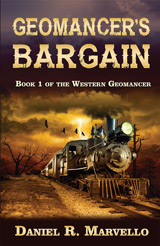

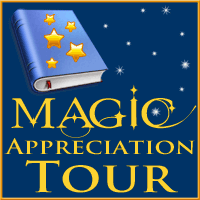

I don’t know yet. The only time I got that far, I mucked it up. I know I’ve left a lot of description out of this first draft, but I’m hoping that’s all it is 🙂
I think the main thing is to avoid impeding the writing flow while you have it. If you are in the writing groove, keep plowing forward and get that story out. You can always add more in a subsequent draft.
Most of the advice I’ve seen points out that editing and research are different mindsets from the creative process of writing story. Experienced writers often suggest we separate those activities. While you are pumping out scenes, you just make a quick note about subjects that need to be researched or situations that need additional world-building behind them. You return to those topics when you need a break from straight writing.
I know that advice has worked well for me so far.
I don’t have a formal plan, but some of my steps usually look like what you’ve got out there. I’m still figuring out my best revision process too.
And yes, revising often takes as much time as writing first draft to me, or longer. That’s probably because I set the bar higher – I write first draft just to give myself something to work with, but in revision I’m trying to make it GOOD!
You’ve eloquently summarized the process, Chris; get the story out so you have something to work with, and then revise it to make it good.
I usually start with a character and a situation, jotting down things that I want to happen, details about the world they live in, and such. Then I just start writing and see where it takes me 😉
As for revision, I was completely in the dark about it for a long time. I let the book I’m revising now just sit there for over a year, since I didn’t know how to start revising. I recently took a course on novel revision and I’m finally getting a hang of it now 😉 Though I think for the next novel, I will actually start with a more formal plan of where I want to go in the story.
I agree that beta readers are absolutely essential. I’ve already gotten a lot of great feedback from mine, stuff I would never have noticed on my own.
Anyway, good luck with your book!
Hi Vanna! Thanks for stopping by. I just discovered you and your work today, and I’m impressed. I’m sure you’ll do well.
I started the way you describe getting started, but stopped about a quarter of the way through the book to regroup and come up with a comprehensive plan.
When it came to revising, I had no problem diving in. On the other hand, I would probably benefit from a course like you describe or at least more information on how to do it right. So far, I actually haven’t run across much information on how to revise.